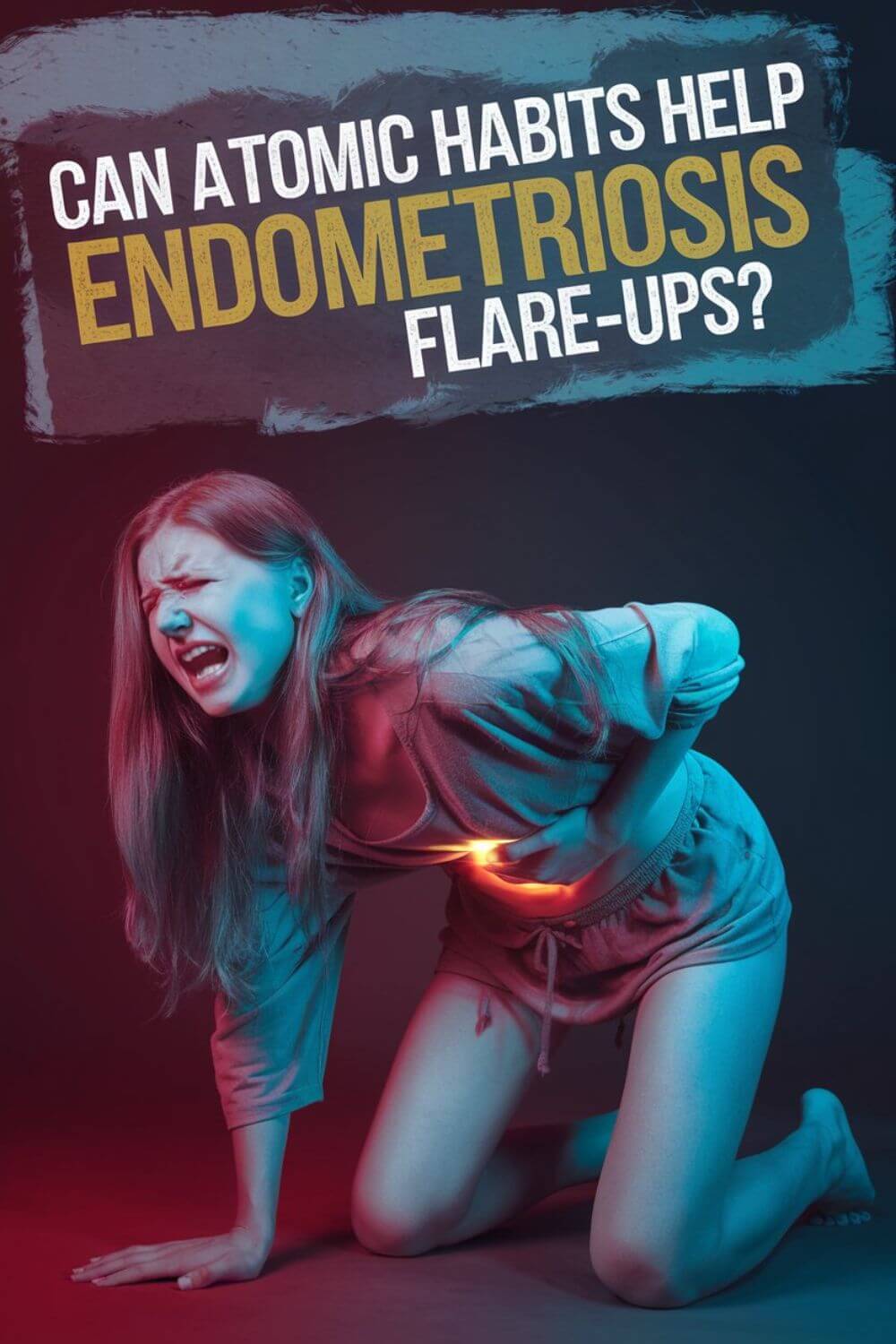Can Atomic Habits Help Endometriosis Flare-Ups?
Have you ever felt trapped in the cycle of pain, exhaustion, and frustration that endometriosis brings? Can atomic habits help endometriosis? Can something as simple as small, daily habits truly make a difference in managing this relentless condition?
Endometriosis is a chronic illness that affects millions of women worldwide, causing severe pain, inflammation, and extreme fatigue. Many who live with endo struggle with debilitating flare-ups that disrupt their daily lives, making even basic tasks feel impossible. While medical treatments provide some relief, lifestyle changes—especially consistent, intentional habits—can significantly impact symptom management and overall well-being.
I have watched my wife battle this invisible disease for years, feeling powerless as her pain dictated every aspect of her life. But as we learned more about how small, intentional choices could shift her experience, I saw a transformation in her—one that wasn’t just physical but emotional, too.
Keep reading to discover how building atomic habits might be the key to easing endometriosis flare-ups and reclaiming a sense of control over life with chronic illness.
How Atomic Habits Help Endometriosis Management?
The idea behind atomic habits is simple—small, consistent actions lead to significant long-term changes. When living with endometriosis, managing pain, fatigue, and emotional health can feel overwhelming, but breaking it down into tiny, manageable steps can make a difference.
My wife used to wake up every morning already exhausted, her body weighed down by chronic fatigue and pain. Even the thought of making changes felt impossible. But we realized that massive lifestyle overhauls weren’t the answer—tiny, consistent habits were.
One of the first habits she adopted was a structured morning routine. Instead of rushing into the day and worsening her symptoms, she started each morning with deep breathing exercises to calm her nervous system. This simple practice reduced her stress levels and gave her body a better start.
Another small habit was staying hydrated. It sounds basic, but dehydration made her endo flare-ups worse. Setting a reminder to drink water throughout the day became a non-negotiable, helping her avoid unnecessary inflammation.
We also focused on meal planning with an endo-friendly diet. Instead of eliminating everything at once, she started by swapping inflammatory foods for nourishing alternatives. Over time, this reduced her bloating, known as endo belly, and stabilized her energy levels.
One of the hardest parts of endometriosis is feeling out of control. But adopting atomic habits gave my wife a sense of agency over her body. Tiny actions—stretching for five minutes, using a heating pad before pain became unbearable, tracking symptoms in a journal—helped her anticipate and mitigate flare-ups before they took over her day.
The real magic of these small habits was their cumulative effect. Alone, they might seem insignificant, but together, they created a system that supported her physical and emotional well-being. She wasn’t just surviving anymore—she was reclaiming parts of herself that endometriosis had stolen.
If you’re looking for more guidance on how to navigate life with endometriosis, I invite you to check out the FREE chapter of my eBook, “Endo-Tool: Endometriosis for Men.” Not only will you gain valuable insights, but through my emails, I share even more in-depth, personal, and practical strategies to help both men and women navigate the challenges of endometriosis together. Plus, you’ll get a huge discount on the full book, along with occasional freebies, printables, and special offers.
The first chapter alone contains all the comprehensive medical knowledge about endometriosis, including:
- Recurrence of endometriosis after excision surgery.
- What is endometriosis?
- What are the symptoms?
- What causes endometriosis?
- What does endometriosis look like?
- What are the stages?
- What are the types?
- What is adenomyosis and how is it related to endometriosis?
- Why do some women develop severe endo and others don’t?
- Does endometriosis cause infertility?
- How is endometriosis diagnosed?
- Do types and stages affect the treatment?
FREE Chapter of “Endo-Tool”
Endometriosis e-Book for Men
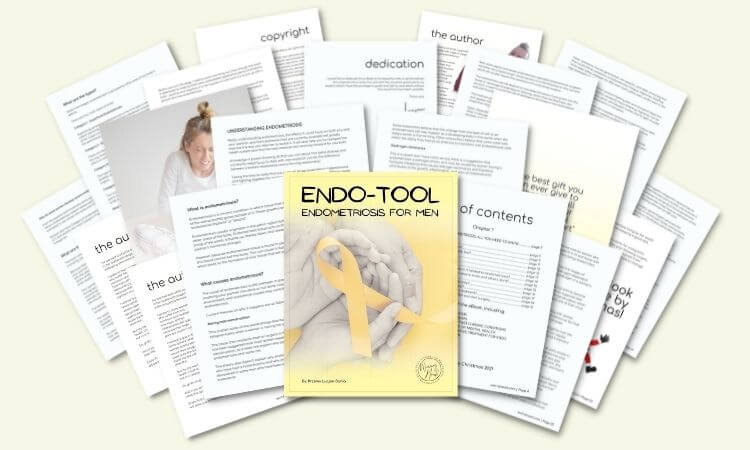
Building Sustainable Atomic Habits to Manage Endometriosis
When it comes to managing endometriosis, consistency is key. But the idea of overhauling your entire lifestyle can feel impossible, especially when you’re battling chronic pain, fatigue, and emotional exhaustion. That’s where atomic habits come in—small, sustainable changes that, over time, create a powerful impact.
My wife didn’t change everything overnight. She started small, focusing on the simplest habits that could improve her daily experience without adding stress. And that’s the secret—habits should work for you, not feel like another burden.
One of the most helpful changes she made was practicing mindful movement. Endometriosis made traditional workouts painful, but gentle stretching and pelvic floor physical therapy helped ease her discomfort. Just five minutes a day turned into ten, then fifteen. Slowly, her body became more resilient.
Another crucial shift was tracking her symptoms. Instead of feeling like pain was hitting at random, she used a journal to recognize triggers. Was it a particular food? A stressful week? Poor sleep? By identifying patterns, she started making better choices—without feeling guilty or overwhelmed.
Sleep was another game-changer. Chronic fatigue was one of her biggest battles, so she committed to better sleep hygiene. That meant setting a consistent bedtime, reducing screen time, and creating a nighttime routine that told her body it was time to rest. Over time, her energy levels stabilized, even on tough days.
She also incorporated stress management techniques—a critical habit for anyone with chronic illness. Endometriosis isn’t just physical; it takes an emotional toll. Daily deep breathing, guided meditation, and gratitude journaling helped her navigate the mental and emotional weight of her condition.
One of the most surprising benefits of atomic habits was how they impacted our relationship. As she felt more in control, our communication improved. I wasn’t just watching her suffer helplessly anymore—I was part of her healing journey. And that changed everything.
Next, let’s dive deeper into specific habits that can make a real difference, breaking them down into practical steps so you can start applying them today.
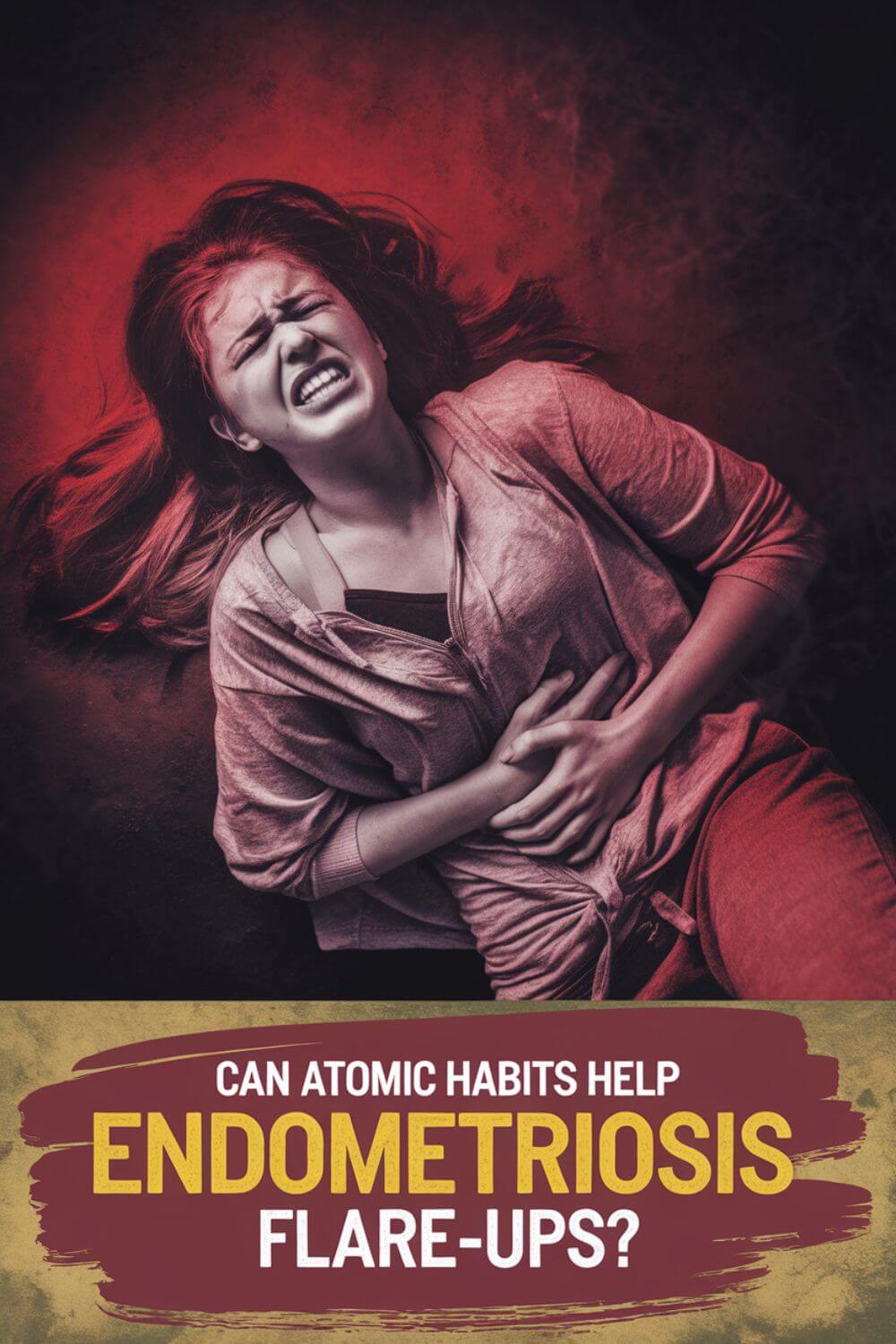
Daily Mindful Movement for Pain Management
Chronic pain can make movement feel impossible, but the right kind of gentle exercise can actually help reduce symptoms over time. Many women with endometriosis experience stiffness, pelvic pain, and even secondary conditions like misaligned pelvis or pelvic floor dysfunction.
Incorporating small habits like pelvic floor exercises, stretching, or even slow-paced yoga can help release tension and improve circulation. My wife started with just five minutes a day, focusing on anterior pelvic tilt exercises to relieve lower back strain. Now, movement has become a tool rather than a trigger for more pain.
Endometriosis-Friendly Nutrition Without Overwhelm
The link between diet and endo flare-ups is undeniable, but restrictive food plans can feel impossible to maintain. Instead of drastic elimination diets, my wife focused on small swaps—choosing anti-inflammatory foods over processed ones, adding more fiber to aid digestion, and drinking herbal teas to help with hormonal balance.
An endo belly diet can help reduce bloating, but it’s about balance, not deprivation. She made one simple change at a time, like replacing dairy with plant-based alternatives, before moving on to bigger dietary shifts. This made the habit sustainable rather than stressful.
Sleep Hygiene for Chronic Fatigue
One of the most frustrating parts of living with endo is the relentless chronic fatigue. It’s not just about feeling tired—it’s an exhaustion that seeps into every part of life. My wife struggled with this for years until we focused on habit stacking—small nighttime rituals that signaled her body it was time to wind down.
These habits included avoiding screens an hour before bed, using lavender essential oils to promote relaxation, and following a consistent sleep schedule. Over time, these small changes led to deeper, more restorative sleep, which made a huge difference in her energy levels.
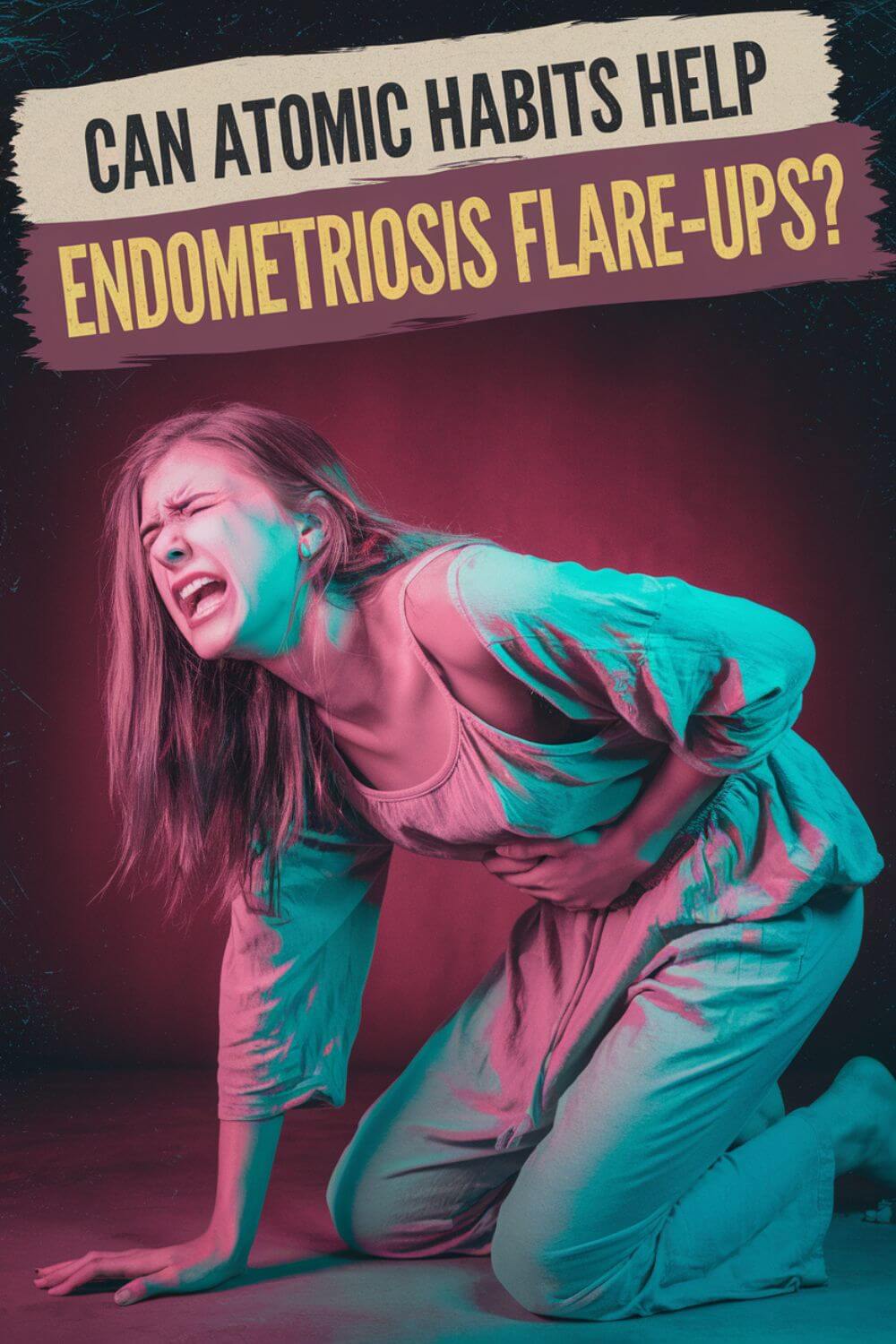
Managing Stress to Reduce Endo Flare-Ups
Stress is a huge trigger for endometriosis flare-ups. When my wife was overwhelmed, her pain skyrocketed. This made stress management a non-negotiable part of her healing journey.
She started practicing vagus nerve stimulation—a technique that helps regulate the nervous system and calm inflammation. Simple habits like deep breathing, journaling, and mindfulness exercises helped reduce her cortisol levels, which in turn lowered her endo-related pain.
Tracking Symptoms to Identify Triggers
One of the most powerful habits she developed was symptom tracking. Instead of feeling like her pain was random, she started keeping a journal, noting what she ate, how much she slept, and her stress levels.
This allowed her to recognize patterns—certain foods that triggered endo belly, stressful days that led to more intense pelvic pain, and even how her symptoms changed with her menstrual cycle. With this knowledge, she was able to make proactive choices rather than reactive ones.
Hydration and Gut Health for Hormonal Balance
Something as simple as staying hydrated had a massive impact on her health. Many women with endometriosis struggle with IBS flare-ups, so drinking enough water helped regulate digestion and reduce endo belly bloating.
She also added probiotic-rich foods like fermented vegetables and yogurt to support her gut microbiome. Since the gut plays a role in hormonal health, this small habit contributed to better balance over time.
Restorative Self-Care Without Guilt
Chronic illness often comes with guilt—feeling like you’re not doing enough, even when your body is screaming for rest. One of the biggest mindset shifts my wife made was prioritizing self-care as a necessity, not a luxury.
This meant saying no to obligations that drained her energy, creating a relaxation corner with heating pads and calming music, and giving herself permission to rest without feeling like she had to “earn” it. Over time, this habit helped her manage endo flare-ups without added emotional stress.
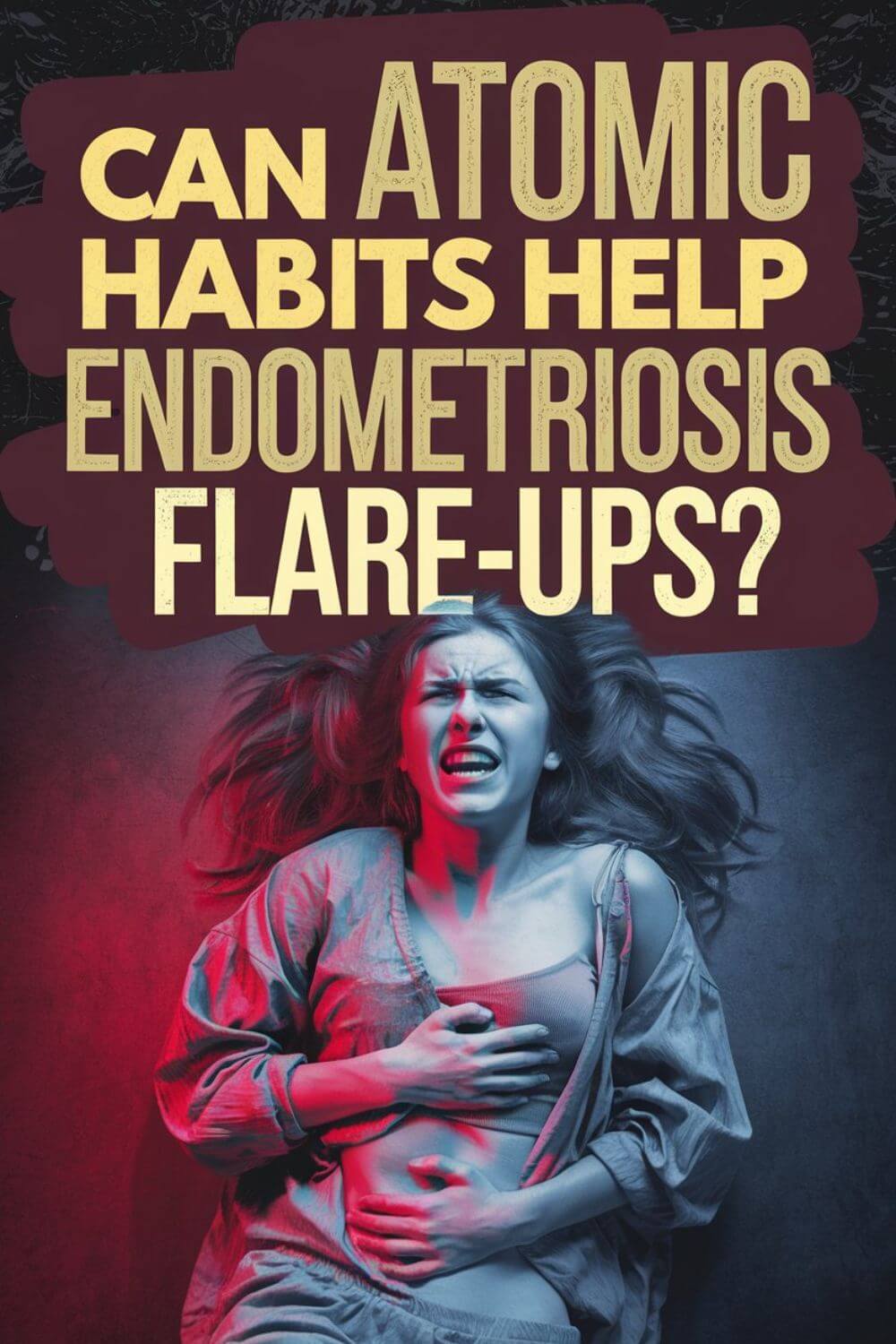
Creating a Lifestyle That Supports Endometriosis Management
For years, I watched my wife struggle—trapped in an endless cycle of pain, exhaustion, and frustration. Every flare-up felt like a setback, undoing any progress she had made. But when she started incorporating atomic habits, something shifted. It wasn’t about finding a magic cure—because there isn’t one. It was about creating a lifestyle that worked with her illness, not against it.
I remember the first time she told me she felt like she had control again. It wasn’t after a new medication or a drastic diet change. It was after stacking small habits that made her life just a little bit easier—drinking enough water, stretching for five minutes, tracking symptoms. These tiny actions gave her something endometriosis had stolen: a sense of power over her own body.
The reality is, chronic illness doesn’t go away. Endometriosis is unpredictable, and no one habit will erase the pain. But building routines that support physical, emotional, and mental well-being makes a difference. Instead of feeling like a victim of her illness, she became an active participant in her healing journey.
I know that for many women, and the men who support them, this journey feels isolating. Doctors don’t always listen. Treatments aren’t always effective. The pain is invisible to the world, but it’s real every single day. That’s why these small habits matter. They’re not just about managing symptoms; they’re about reclaiming a sense of self.
If you’re struggling, start small. Choose one habit to focus on. Maybe it’s improving sleep, drinking more water, or tracking symptoms. Don’t overwhelm yourself with a complete overhaul—just one step at a time. And if you’re a man supporting a woman with endometriosis, encourage her without pushing. Be patient, be present, and remind her that she is more than her illness.
Next, let’s wrap up with a powerful conclusion on how atomic habits can help transform life with endometriosis, bringing everything together into a practical and emotional final message.
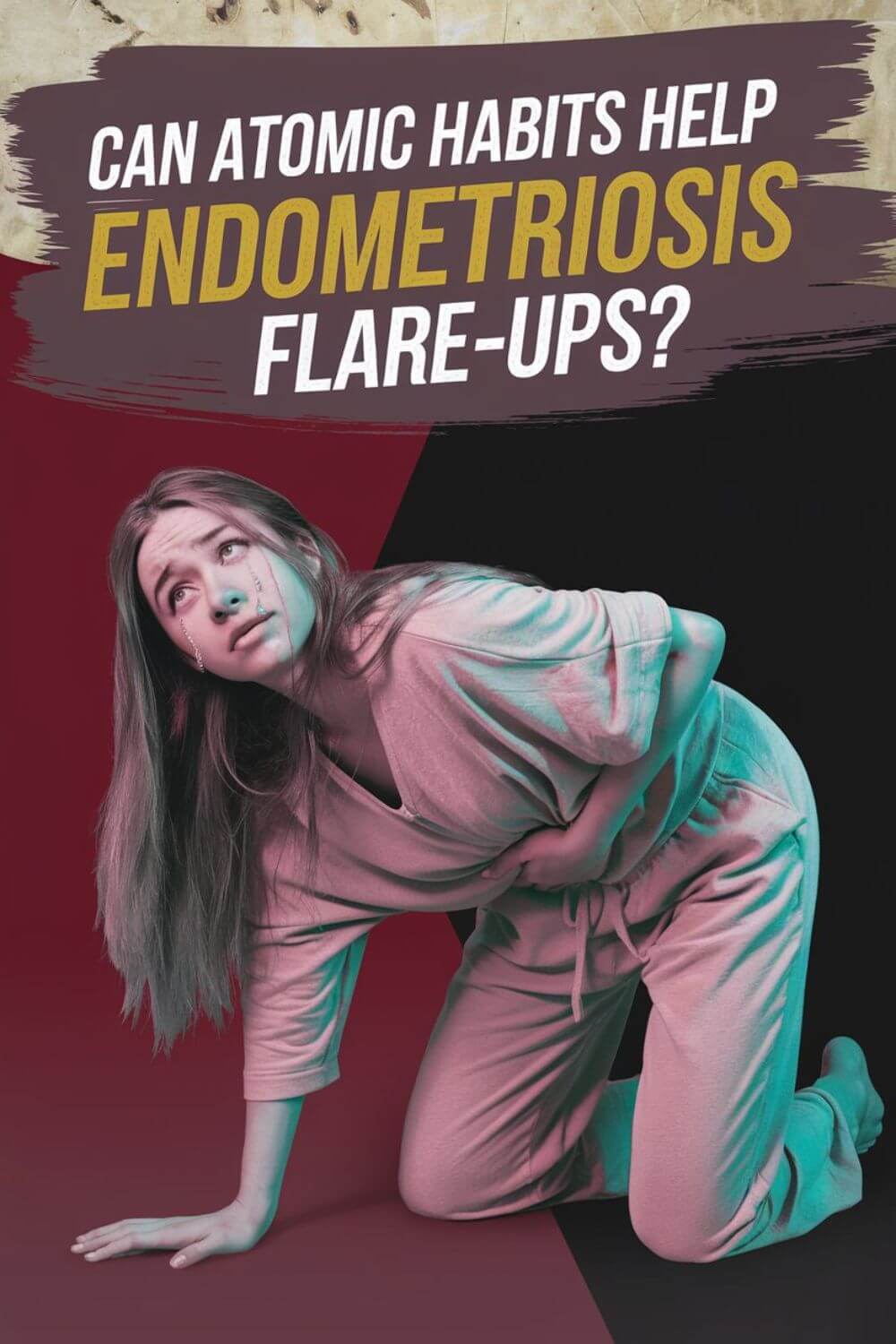
Final Word on How Atomic Habits Help Endometriosis
Endometriosis is relentless. It steals energy, disrupts plans, and challenges even the strongest women. But what if I told you that small, intentional habits could help you—or your partner—regain a sense of control? Not by curing the illness, but by creating a life that works with it rather than against it.
I have seen firsthand how the smallest changes have transformed my wife’s life. She went from feeling powerless—trapped in cycles of chronic pain and endo flare-ups—to someone who could anticipate, prepare for, and even minimize her worst days. And it didn’t happen through drastic, overwhelming changes. It happened through tiny, consistent habits that gave her body and mind the support they desperately needed.
Why Do Atomic Habits Work for Endometriosis?
Because they’re sustainable. Big changes fail because they require too much energy, and when you’re already dealing with chronic fatigue, the last thing you need is another burden. But a small habit—like five minutes of stretching, an extra glass of water, or journaling symptoms—feels doable.
And over time? These micro-changes add up. They become part of your routine, and suddenly, you’re not just surviving endometriosis, you’re managing it. You’re reclaiming parts of your life that once felt stolen.
Atomic Habits Help You Adapt to the Unpredictability of Endo
Endometriosis is unpredictable. Some days, you might feel okay. Others, you’re curled up in bed with a heating pad, unable to move. Rigid routines don’t work for chronic illness, but flexible habits do.
By building habits that support your hormonal health, pelvic pain relief, and emotional well-being, you create a foundation that carries you through the toughest days. You’re not waiting for the next endo flare-up to hit—you’re actively preparing for it, softening its impact.
Supporting Your Partner Through Atomic Habits
For men who love women with endometriosis, this is where we come in. We can’t take away their pain, but we can support them in building these habits. It’s about being present, listening, and helping in ways that truly matter—whether it’s reminding her to rest without guilt, preparing a nutrient-rich meal, or encouraging her to take those small steps even when she feels like giving up.
I know how hard it is to watch someone you love suffer. I know the helplessness, the frustration, and the silent grief that comes with seeing her in pain. But I also know that hope isn’t just about big breakthroughs—it’s about the small victories, the little habits that make tomorrow just a little easier than today.
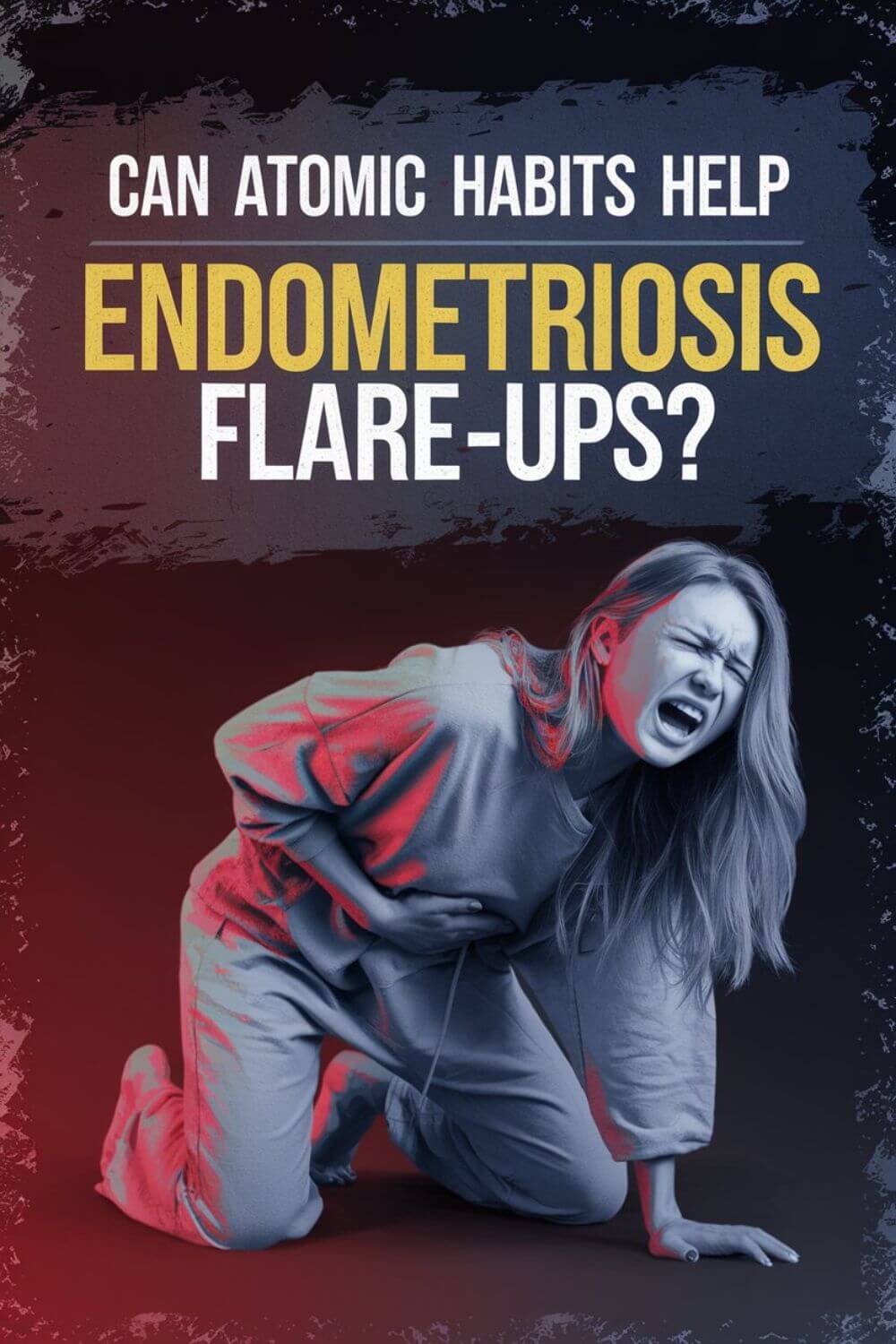
A Future Built on Small but Powerful Changes
If you or your partner are struggling with living with endometriosis, I encourage you to start small. Choose one habit today. Just one. Maybe it’s focusing on sleep hygiene, adding hydration reminders, or tracking symptoms in a journal.
Because here’s the truth: you don’t have to change everything at once. You just have to start.
Endometriosis is tough, but you are tougher. You are not alone. And small, consistent habits might just be the key to reclaiming your life—one step at a time.
I’d love to hear from you—what small habits have helped you manage endometriosis? Drop a comment below and let’s support each other. And don’t forget to grab your FREE chapter of “Endo-Tool” to dive even deeper into understanding and managing endometriosis together.

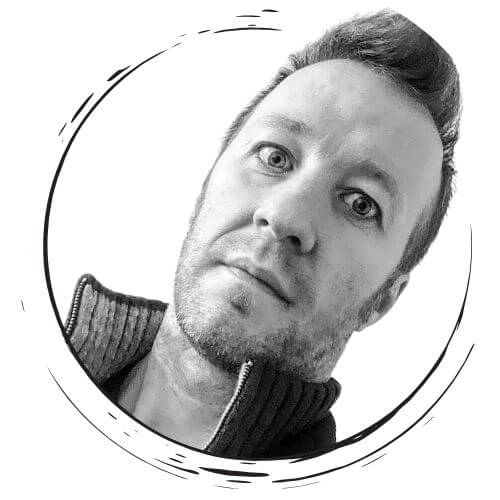
About Me
Hi, I’m Lucjan! The reason why I decided to create this blog was my beautiful wife, who experienced a lot of pain in life, but also the lack of information about endometriosis and fibromyalgia for men…
